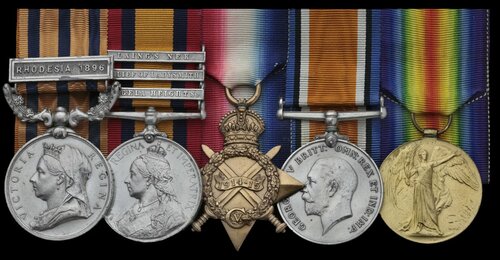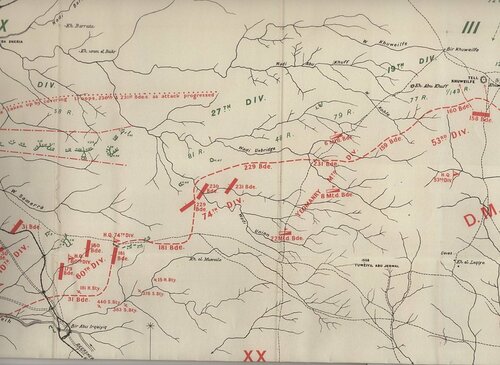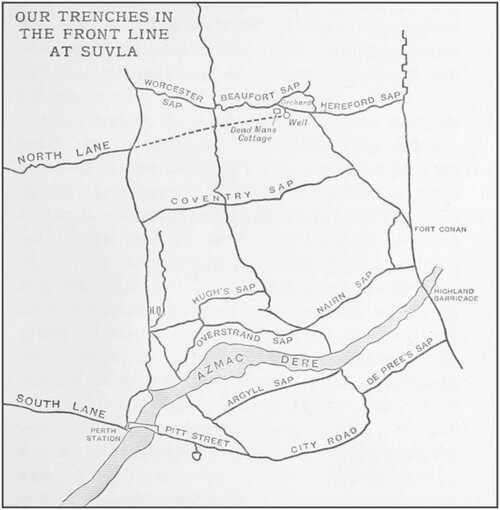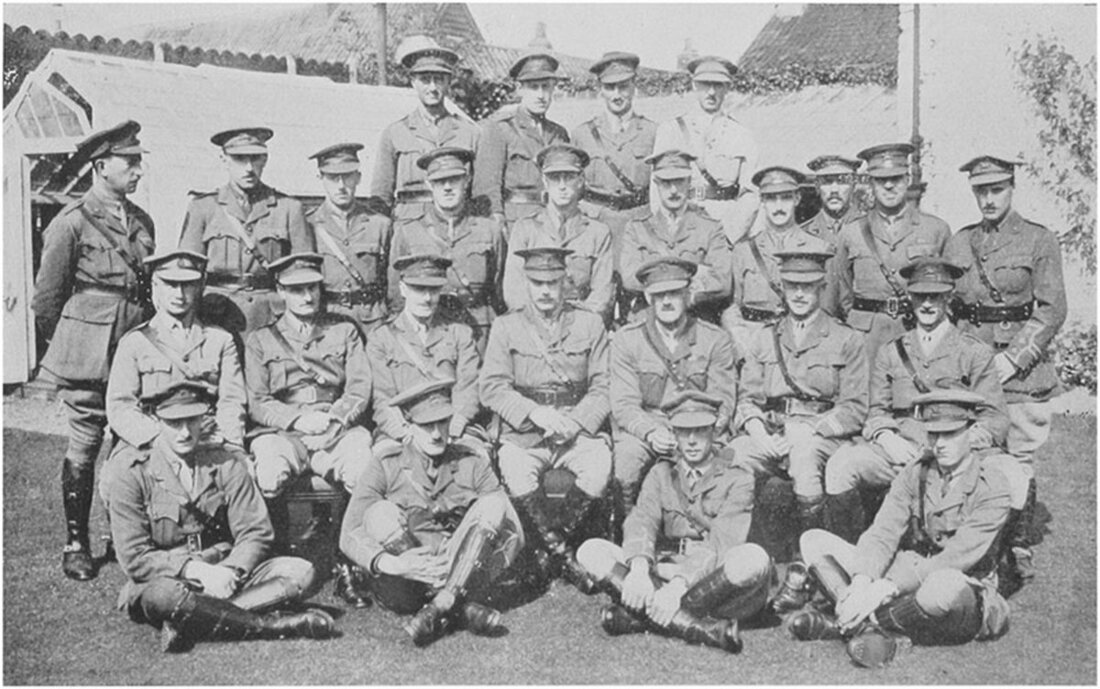Auction: 22001 - Orders, Decorations and Medals
Lot: 483
(x) Five: Captain W. W. Cummins, Fife & Forfar Yeomanry, Royal Highlanders, late Gunner, Victoria Column and Guide, Intelligence Department
British South Africa Company Medal 1890-97, reverse Matabeleland 1893, 1 clasp, Rhodesia 1896 (Gunner W. W. Cummins. Victoria Column.); Queen's South Africa 1899-1902, 3 clasps, Tugela Heights, Relief of Ladysmith, Laing's Nek (Guide W. W. Cummings. Intell: Dept:); 1914-15 Star (2.Lieut. W. W. Cummins. Fife & Forfar Yeo.); British War and Victory Medals (Capt. W. W. Cummins.), mounted court-style as worn, traces of lacquer, very fine (5)
Walter Weild Cummins was born at Edmondton, Enfield in 1869. Having served in Matabeleland and Rhodesia and latterly as a Guide in the Field Intelligence Department. He was living and working as an Engineer in Africa upon the outbreak of the Great War, returning to England in July 1914 in order to volunteer for the War effort. Cummins was commissioned into the Fife & Forfar Yeomanry and served under the command of Lieutenant-Colonel Mitchell. The unit landed on Gallipoli on 7 September 1915. Cummins showed others his previous service and is mentioned in Major Ogilvie's Regimental History:
'"George Washington," Cummins, "lost his nerve," so he said, through being mauled by a lion in South Africa. This is purely supposition on his part, as he had no notion
what nerves were. We sometimes wondered if he even knew what pain was. He was badly frost-bitten on Suvla, and had to be pushed off the Peninsula - at Sheria a bullet passed through his forearm and grazed his upper arm and ribs. He got it tied up, and continued with the advance, and then assisted wounded all night at the dressing-station. The C.O. ordered him to go to the Field Ambulance at once to have his wound seen to, but George [sic] put in four more hours before complying with the order.'
Cummins was eventually admitted to the 2A Military Hospital, Millbank on 31 December 1915, by that time aged 46, due to the frostbite he had suffered on Gallipoli. In that period the unit suffered dreadfully from the conditions, forced to keep their heads down and simply sit out the blizzards and snow squalls which blew across them for days at a time.
Cummins was released from Hospital on 20 March 1916 and was straight back to the front, given a Captaincy and the Command of a Company from 1 June 1916. Cummins was wounded at the Battle of Sheria, 6-7 November 1917, when the unit further added to their laurels, at a heavy cost. The Battle cost them no less than 3 Officers and 47 other ranks killed, with 5 Officers (Cummins included) and 182 other ranks wounded. Major Ogilvie refers:
'At 3.30 on the morning of 6th November we deployed for the attack, the 230th Brigade being on our right, and the Somersets on our left. The advance began at five and we were badly enfiladed from the right where the attacking troops were being held up, and whence we continued to be enfiladed until we detached a couple of platoons, who carried the enemy's positions there by 6.15. By 5.55 we had taken our first objective and captured four guns, all limbered up and trying to get away. We promptly attacked the ridge beyond, and having captured it proceeded to consolidate. At midday we again advanced under pretty heavy fire, but the Lewis gunners were very well handled, and succeeded in knocking out the crew and teams of two field guns beyond the railway, and we carried on to the position just east of
the railway.'
Subject to 5% tax on Hammer Price in addition to 20% VAT on Buyer’s Premium.
Sold for
£1,600
Starting price
£450











